Vietnamese children demand a bear bile farm free future
15 December 2016
These incredible Vietnamese high school pupils demanded a bear bile farm free future after hearing about the suffering it causes.
More than 50 students from FPT High School were moved to act after learning about bear bile farming at Animals Asia’s Vietnam Bear Rescue Centre.
There they learned how bear bile farming causes excruciating mental and physical trauma on defenceless bears, and of the many herbal and synthetic alternatives to bile.
Following their trip, the students took to the streets of nearby mountain town Tam Dao to share what they had learned with the public.
Animals Asia’s Education Officer Do Thu Hang said:
“Visiting the sanctuary and learning what the bears had been through really brought the reality of bear bile farming home to the children. They were unanimous in their disgust and eager to act to ensure the practice would not be a feature of the modern Vietnam.”
The fortunate 56 students who made the trip to the sanctuary ensured that when they returned to their school, the 200 students who couldn’t attend still understood the importance of condemning bear bile farming.
The animal-loving students organised a bear drawing competition at the school and sold Animals Asia merchandise at a fair to raise funds for the sanctuary.
Animals Asia Founder and CEO, Jill Robinson MBE said:
“At Animals Asia we firmly believe in raising awareness, particularly among the young who will go on to shape their country in the years ahead. It is vital that the issue of bear bile farming is tackled from all angles – we need the legal support from the politicians, the official co-operation from departments like Forestry and we need society to agree that it is neither necessary nor acceptable for bear bile farming to be part of Vietnam’s future. These children give us hope that the latter is possible.
Animals Asia is dedicated to raising awareness of bear bile farming and animal welfare throughout Vietnam.
Throughout 2016, more than 4,892 people visited our Vietnam sanctuary, including 2,308 students from 41 Universities and schools. More than 1,000 of those visitors returned to their universities and schools to share what they learned with their peers via presentations and other events.
BACK
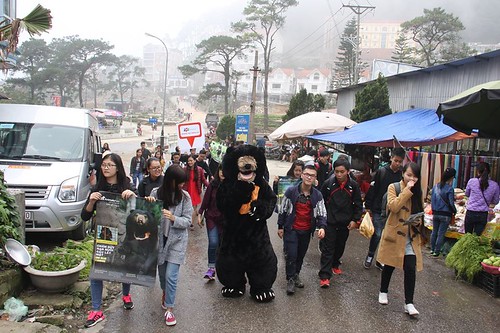
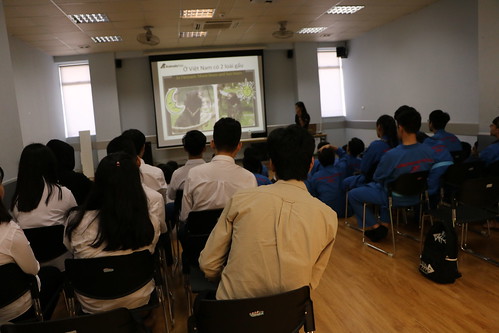
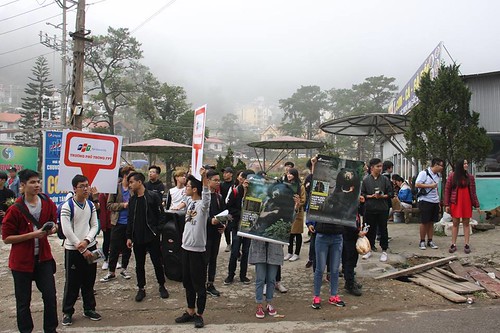
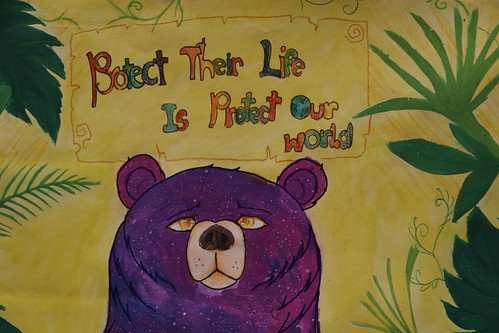
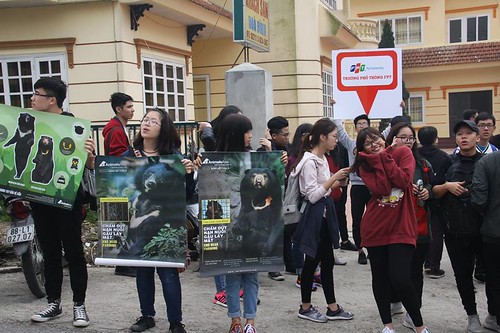

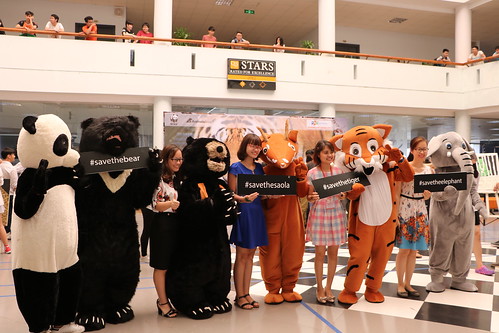




 5 reasons the dog meat trade must end
5 reasons the dog meat trade must end
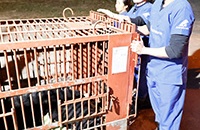 New year, new home for Christmas the Bear!
New year, new home for Christmas the Bear!
 Veterinary welfare training – pain management
Veterinary welfare training – pain management